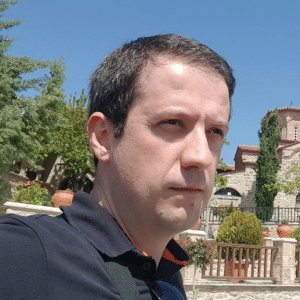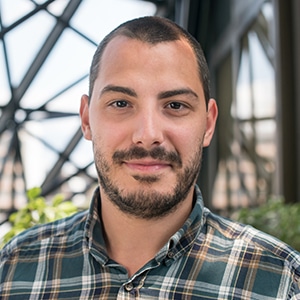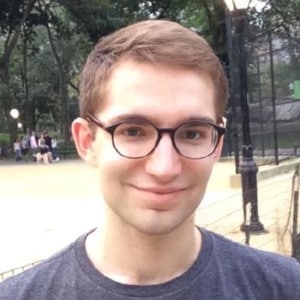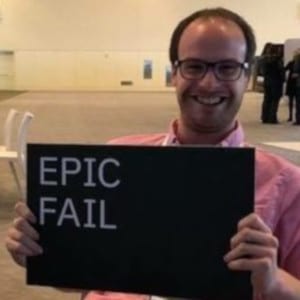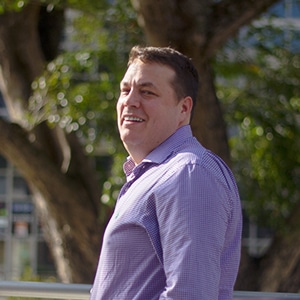
Kai Hackbarth
Kai Hackbarth has been working as an evangelist at Bosch Software Innovations since July 2016. He previously worked at ProSyst Software, which Bosch acquired in 2015. Kai Hackbarth plays a pivotal role in technical standardization in the OSGi Alliance, of which he is also a Board of Directors member. He served as Co-Chairman of the OSGi Residential Expert Group from 2008 to 2018. Kai Hackbarth furthermore coordinates a wide range of Internet of Things (IoT) research projects. He specializes in smart homes, automotive applications, and the IoT. Last but not least, he closely follows the latest trends in these three sectors and provides regular guidance on the strategic positioning of the corresponding product portfolios at Bosch Software Innovations.
IoT and OSGi – 20 years in the making
For some of us the IoT journey started almost 20 years ago. The term “Internet-of-Things” was not even invented at that time. The world of Java was also much different with just a few big player especially in the Web- and Enterprise-world. Except for Java CLDC enabled mobile phones you rarely found Java in embedded devices. In 1999 the OSGi Alliance started its mission to specify a Java based, modular software architecture for gateways enabling to connect devices in smart homes or offices. The fact that the OSGi framework was Java-based and also an open standard made the adoption difficult in the beginning. Fortunately the world of technology has changed significantly over the years. IoT is mainstream in many domains, others are in a phase of adoption. This presentation will compare the challenges of adopting IoT technologies today vs. 20 years ago as well as our strategy to tackle this challenges. Furthermore this presentation will focus on the role of the OSGi Alliance and Eclipse Foundation as well as how we use these technologies to build an open end-to-end IoT ecosystem. This presentation will conclude with some practical examples where these technologies are already deployed.


